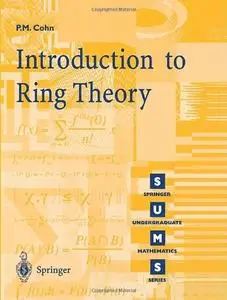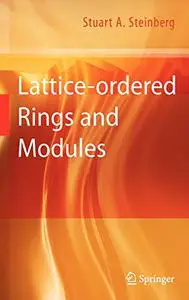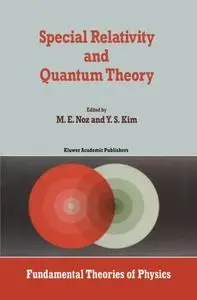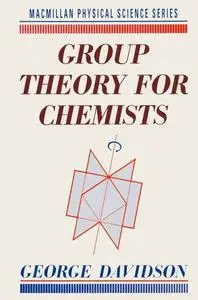Introductory Group Theory: and Its Application to Molecular Structure by John R. Ferraro , Joseph S. Ziomek
English | PDF | 1969 | 239 Pages | ISBN : 0306303450 | 12.7 MB
This volume is a consequence of a series of seminars presented by the authors at the Infrared Spectroscopy Institute, Canisius College, Buffalo, New York, over the last nine years. Many participants on an intermediate level lacked a sufficient background in mathematics and quantum mechan ics, and it became evident that a non mathematical or nearly nonmathe matical approach would be necessary. The lectures were designed to fill this need and proved very successful. As a result of the interest that was developed in this approach, it was decided to write this book. The text is intended for scientists and students with only limited theore tical background in spectroscopy, but who are sincerely interested in the interpretation of molecular spectra. The book develops the detailed selection rules for fundamentals, combinations, and overtones for molecules in several point groups. Detailed procedures used in carrying out the normal coordinate treatment for several molecules are also presented. Numerous examples from the literature illustrate the use of group theory in the in terpretation of molecular spectra and in the determination of molecular structure.










